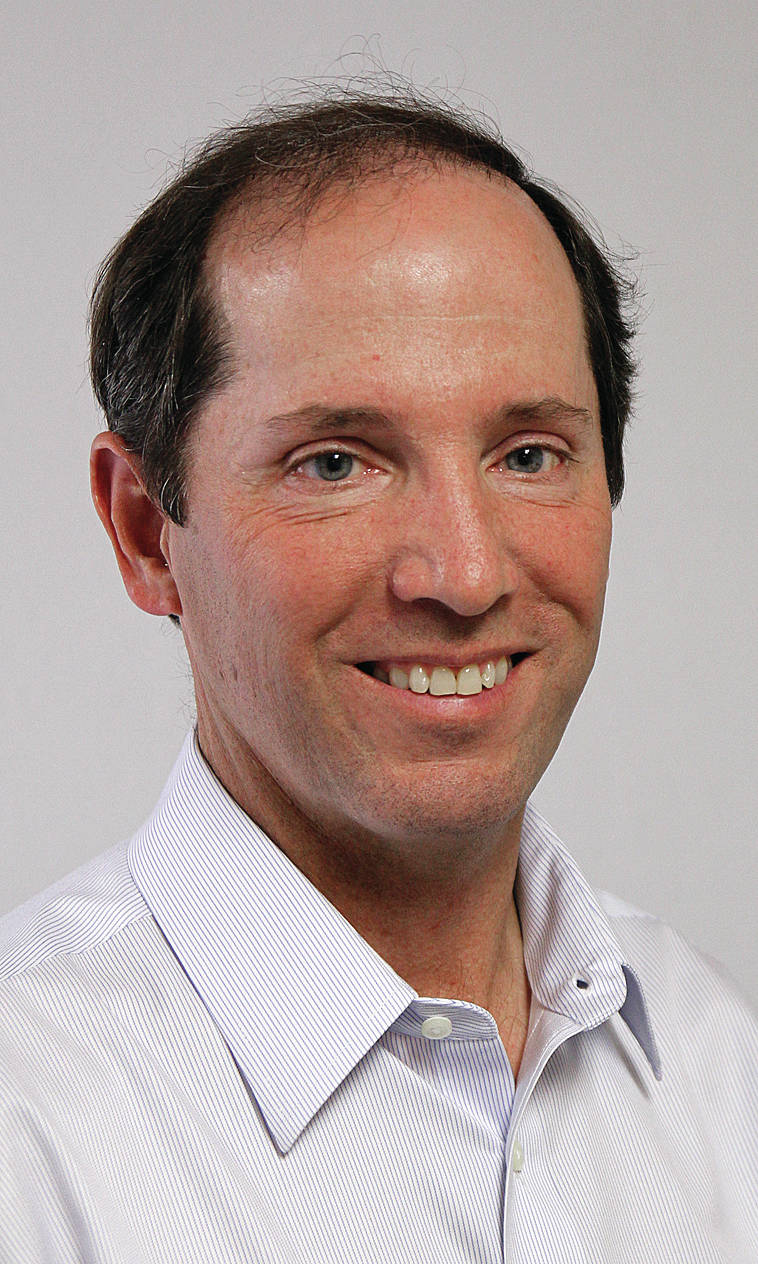In debating the state’s fiscal future amid a $3 billion annual budget gap, many Alaskans talk about how more state-supported public services should “pay their own way,” or at least get closer to covering the costs. The users should pick up more of the tab, they say, not the state treasury.
While user fees make sense, such as state park cabin rentals, fishing licenses, driver’s licenses and motor fuel taxes, we need to accept — and apply — that same “pay their own way” reasoning to economic development.
The cold-hard-cash fact is that unless economic development produces more barrels of oil, any new economic activity and its accompanying jobs and students and subdivisions can be a loser for the state treasury. But we can fix that as part of an overall state fiscal plan. Probably not all in one year, but it is fixable.
New jobs are great for people who get hired, for retail and service shops that get additional businesses, and for communities with property taxes and sales taxes to collect the revenues needed to pay the costs of more students, street maintenance, police and fire protection.
But lacking any broad-based state tax, such as income or sales or property tax, the state gets the bills for its share of more students, more roads, more demand on public services, but little to no additional revenues to pay the bills. That’s particularly true as more businesses are establishing themselves outside the jurisdiction of the state corporate income tax code.
With oil, the state collects production tax and a royalty share and property tax and corporate income tax. But what about a new widget factory? An ore smelter? A server farm for cloud computing? A new big box store? Likely sizable property and sales taxes for cities but likely squat for the state.
Along with discussing overall state spending, sharing of Permanent Fund earnings between public services and individual dividends, taxes of any kind — and everything else that starts an argument in Alaska — we need to accept the reality that most non-oil economic development ventures could be a loser for the state treasury.
It’s our own fault. We didn’t need the money, so we let the problem grow for 40 years.
Our problem has a name: The Alaska Disconnect. A 2003 report from the Institute of Social and Economic Research at the University of Alaska Anchorage explained the problem: “In most states economic development that brings new jobs and payroll generally pays its own way from the perspective of the public treasury. Because of the Alaska Disconnect, economic development in Alaska does not pay its own way — economic development makes the fiscal gap bigger rather than smaller. The notion that economic development alone can close the fiscal gap is unfounded.”
Also in 2003, in a report for the Alaska Permanent Fund Corp., a group of the fund’s investment advisers made the same point: “Moreover, the state’s revenue structure is such that each additional basic sector job added to the economy … costs more to state finances than what it generates. … The state must also eradicate the growth-inhibiting incentives of the ‘Alaska Disconnect,’ where new non-oil-producing employment is a net drag on state finances.”
As Alaskans discuss and debate, argue and agitate for their favorites pieces — and least favorite pieces — of a long-term, balanced state fiscal plan, don’t dismiss a broad-based state tax, such as income or sales, just because the thought of taxes causes you more stress than coming up short on overhead space for your carry-on bag.
Rather than dismissing tax talk, think about what it means not to have a broad-based tax, especially as Alaska looks to expand its economy beyond oil, looks to reduce our near-total dependence on oil dollars, and looks to attract new investment and jobs for younger Alaskans.
The Alaska Disconnect is a self-inflicted illness. We can solve this one on our own. The cure isn’t painless, but it is long lasting and creates a healthier economy.
Kenai Peninsula Mayor Mike Navarre finishes his second and final term of office in October. He was elected mayor in 1996 and 2011, and also served in the Alaska House of Representatives from 1984-96.


